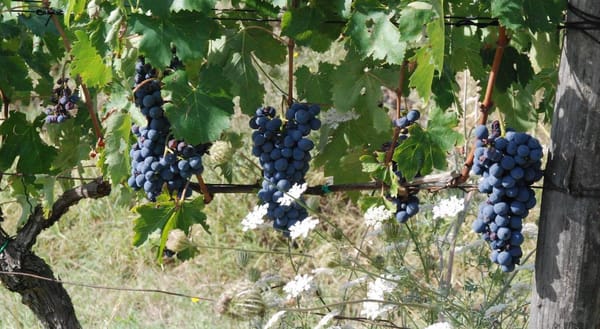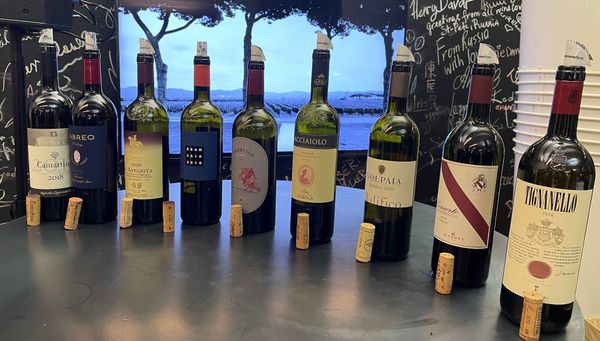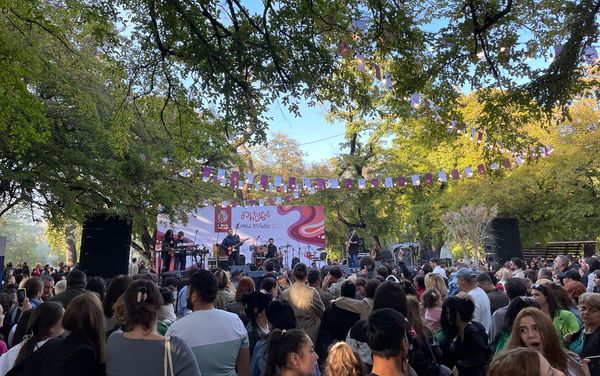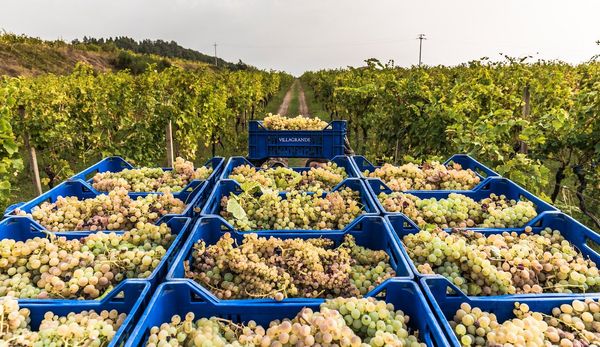Interview: Loris Massucco of Azienda Massucco talks to Paul Caputo about the Arneis variety

How would you describe the Roero to wine lovers who have never come across this area? How does it differ from the Langhe? You can see the difference between the Langhe and the Roero at first sight; vineyards and fruit orchards alternate with hazelnut groves, while woodlands are often interrupted by ochre stone. The soils are famously sandy here and rich in marine fossils. The areas with white sandy marl create complex wines with acidity.
The Arneis grape has become synonymous with the Roero. How important is it to link the two in order to find a market for this grape variety? The Roero DOCG has the peculiarity of allowing a red grape, Nebbiolo, as well as the white Arneis. Nebbiolo (Roero) has many competitors like Barolo, Barbaresco, Langhe Nebbiolo or Nebbiolo d’Alba, even if our area is recognised for the high quality of red grapes. Thanks to the hard work of producers, white grapes such as Arneis have been able to create an important space for themselves. Arenas from this area is made unique by its good structure and very preservation of acidity.
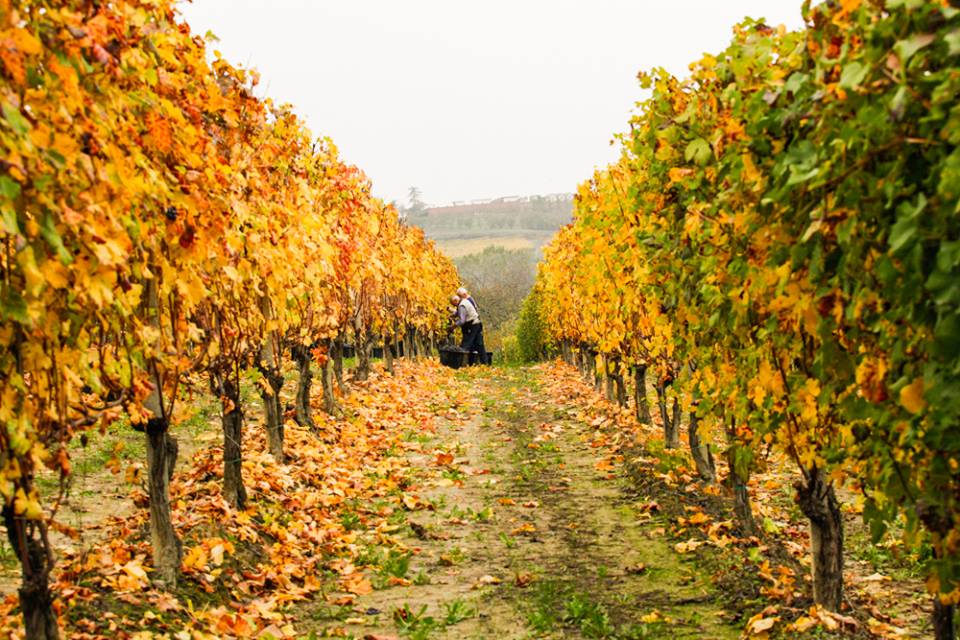
What are the challenges in the vineyard and cellar when cultivating Arneis? The greatest challenge in the vineyard is to maintain the power; the climate here can often boost vegetive growth in the vines which ultimately is to the detriment of the fineness of the perfumes and the delicacy of the fruit. It can also be difficult to maintain the level of acidity and harvesting too late can negatively impact on acidity levels. In the cellar the difficulty is to bring all the qualities of the grape to the forefront of the wine. . . . .
Are there any communes in the DOCG territory that really stand out for consistently producing higher quality Arneis? Overall the quality is fairly consistent throughout all the communes. Depending on the vintage, different soils and different expositions will have varying effects, but overall the microclimate we have in the Roero produces a unique but consistent wine. Sandy, chalk soils can give more acidity to the wines while quite often, sandy clay soils will give more elegant and exotic aromas.
**Would you say the variety is a versatile one or does it have its own very distinct style?** Historically, Arneis was used as a blending partner to soften tannins in Piedmont’s red wines. It wasn’t ever considered a suitable variety to vinify and drink alone. But, attention to detail, research and experimentation, combined with technological enhancements both in the vineyard and the cellar has led to us producing a unique style of wine.
Do you think these reds have benefitted from leaving Arneis being left out of the blend? For Roero Nebbiolo, there has traditionally always been around 15% of Arneis added as a way to soften the sometimes aggressive tannins. This was normally required as there were only around six months of barrel ageing need before the wines went on sale. Things have changed a little bit, the ageing of red Roero is now 22 months and thanks to innovations such as cooling the grapes and cold macerations for extraction of colour we can produce softer, riper wines. They are more balanced, with the right amount of tannin and we don’t need to add Arneis.

